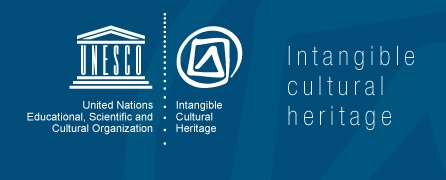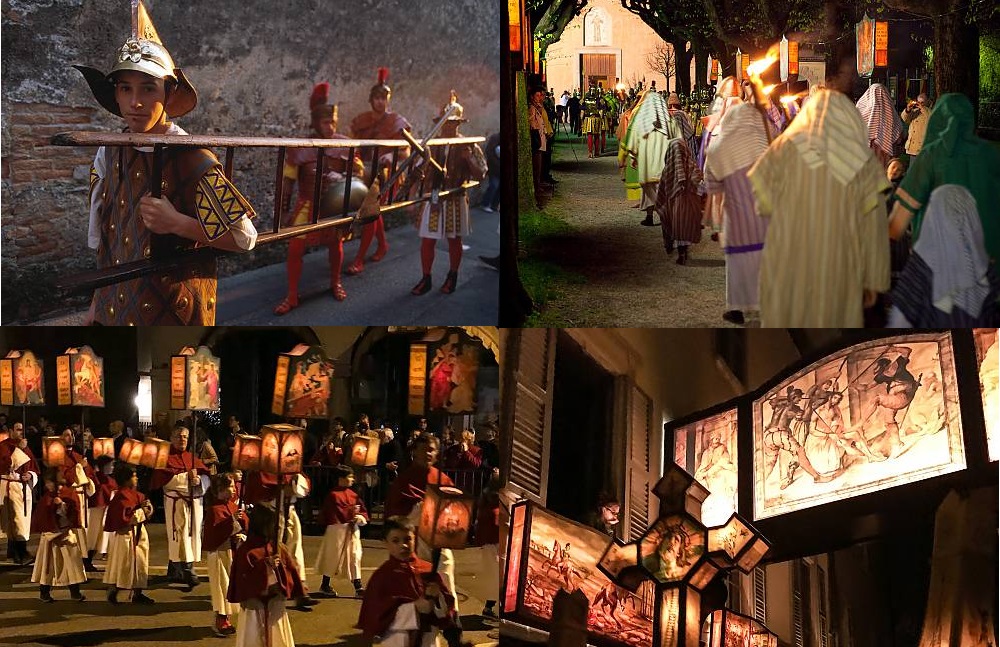The Intergovernmental Committee for the Safeguarding of the Intangible Cultural Heritage Saturday ended its 14th session recently which took place in the Colombian capital under the Chair María Claudia López Sorzano. The Committee adopted guidelines for the safeguarding of intangible cultural heritage in emergency situations such as conflict and disaster (both natural and human-induced).

The guidelines build on the research and experience acquired by UNESCO in recent years, including among Syrian refugees, internally displaced populations in the Democratic Republic of the Congo and disaster risk reduction strategies in the Pacific Islands.
During the last day of the session, the Committee decided that its 15th session was to be held in Kingston under the chair of Jamaica’s Minister of Culture, Gender, Entertainment and Sport, Olivia Grange this month.
The Committee also inscribed five elements on the List of Intangible Cultural Heritage in Need of Urgent Safeguarding and 35 on the Representative List of the Intangible Cultural Heritage of Humanity.
The Committee also added two projects to the Register of Good Safeguarding Practices and allotted US$387,770 from the Intangible Cultural Heritage Fund to the Burkina Faso’s Capacity building for stakeholders involved in safeguarding the intangible cultural heritage in Burkina Faso.
For the first time, the Intergovernmental Committee removed one element from the Representative List of the Intangible Cultural Heritage of Humanity.
The session which brought together more than 1,000 participants was opened on 9 December by President Iván Duque Márquez of Colombia and UNESCO Director-General Audrey Azoulay.
Additions to the List of Intangible Cultural Heritage in Need of Urgent Safeguarding:
Spring rite of Juraŭski Karahod, Belarus
Seperu folkdance and associated practices, Botswana
Rituals and practices associated with Kit Mikayi shrine, Kenya
Sega tambour Chagos, Mauritius,
Buklog, thanksgiving ritual system of the Subanen, Philippines

© National Commission for Culture and the Arts of the Philippines, 2018
The List of Intangible Cultural Heritage in Need of Urgent Safeguarding features elements of living heritage whose viability is under threat. It mobilizes international cooperation and assistance to strengthen the transmission of these cultural practices, in agreement with the concerned communities.
Additions to the Representative List of Intangible Cultural Heritage of Humanity:
Armenian letter art and its cultural expressions, Armenia
Transhumance, the seasonal droving of livestock along migratory routes in the Mediterranean and in the Alps, Austria, Greece, Italy
Date palm, knowledge, skills, traditions and practices, Bahrain, Egypt, Iraq, Jordan, Kuwait, Mauritania, Morocco, Oman, Palestine, Saudi Arabia, Sudan, Tunisia, United Arab Emirates, Yemen
Ommegang of Brussels, an annual historical procession and popular festival, Belgium
The festival of the Santísima Trinidad del Señor Jesús del Gran Poder in the city of La Paz, Bolivia (Plurinational State of)
Cultural Complex of Bumba-meu-boi from Maranhão, Brazil
Morna, musical practice of Cabo Verde, Cabo Verde
Byzantine chant, Cyprus, Greece
Music and dance of Dominican Bachata, Dominican Republic, Dominican Republic
Ethiopian epiphany, Ethiopia
Alpinism, France; Italy, Switzerland
Traditions of Pencak Silat, Indonesia
Provision of services and hospitality during the Arba’in visitation, Iraq
Irish harping, Ireland
Celestinian forgiveness celebration, Italy
Ak-kalpak craftsmanship, traditional knowledge and skills in making and wearing Kyrgyz men’s headwear, Kyrgyzstan
Traditional skills of crafting and playing Dotār, Iran (Islamic Republic of)
Artisanal talavera of Puebla and Tlaxcala (Mexico) and ceramics of Talavera de la Reina and El Puente del Arzobispo (Spain) making process, Mexico, Spain
Silat, Malaysia
Traditional technique of making Airag in Khokhuur and its associated customs, Mongolia
Gnawa, Morocco
Kwagh-Hir theatrical performance, Nigeria
Practice of traditional music and dance in Setesdal, playing, dancing and singing (stev/stevjing), Norway
‘Hatajo de Negritos’ and ‘Hatajo de Pallitas’ from the Peruvian south-central coastline, Peru
Winter festivities, Carnival of Podence, Portugal
‘Ie Samoa, fine mat and its cultural value, Samoa
Drotárstvo, wire craft and art, Slovakia
Holy Week processions in Mendrisio, Switzerland
Nuad Thai, traditional Thai massage, Thailand
Traditional Turkish archery, Turkey
Practices and craftsmanship associated with the Damascene rose in Al-Mrah, Syrian Arab Republic
Traditional turkmen carpet making art in Turkmenistan, Turkmenistan
Tradition of Kosiv painted ceramics, Ukraine
Khorazm dance, Lazgi, Uzbekistan
Practices of Then by Tày, Nùng and Thái ethnic groups in Viet Nam,Viet Nam

© Tom Honan Photography, 2017
The Representative List seeks to enhance visibility for the traditional practices and know-how of communities.
Additions to the Register of Good Safeguarding Practices:
Safeguarding strategy of traditional crafts for peace building, Colombia
Biocultural programme for the safeguarding of the tradition of the Blessed Palm in Venezuela, Venezuela (Bolivarian Republic of)
The Register of Good Safeguarding Practices allows States Parties, communities and other stakeholders to share successful safeguarding experiences and examples of how they surmounted challenges faced in the transmission of their living heritage, its knowledge and practice to the future generation. These methods and approaches should be useful as lessons and models that can be adapted to other circumstances, including those in developing countries.
Featured images- Jacques Perler,2017 Fondazione Processione Storiche di Mendrisio, 2008


Leave a Reply
You must be logged in to post a comment.